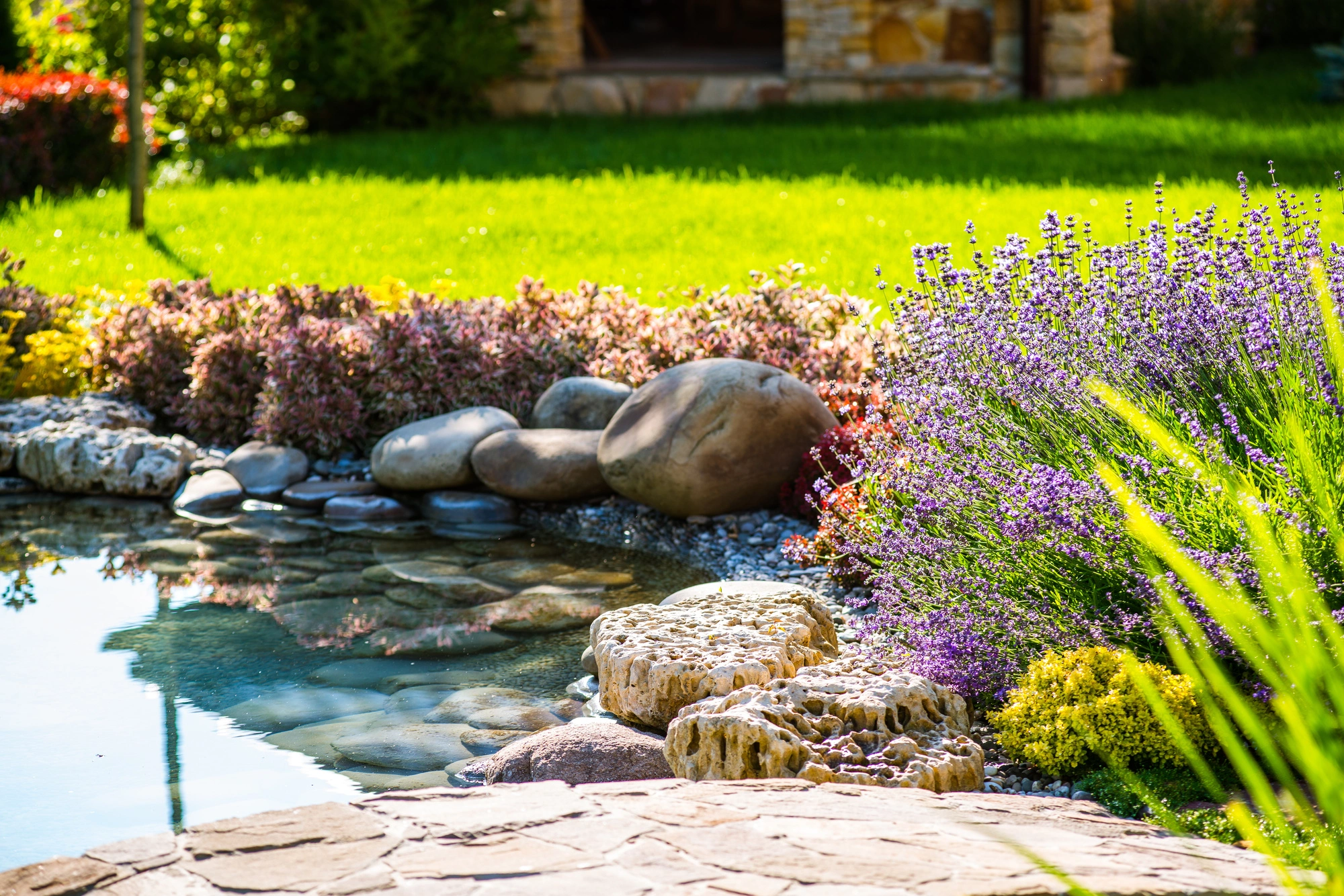NEWS
The Basic Principles of Modern Landscape Design

Modern Landscape Design
Looking to transform your outdoor space into a stunning oasis? Don’t know where to start? Don’t worry! You don’t need a degree in landscape architecture to create a beautiful and functional outdoor space.
All you need is a basic understanding of the principles of modern landscape design, which are easy enough for anyone to learn and apply.
Whether you are a complete beginner or a seasoned landscaper, we’ve got you covered. So let’s get started!
Balance and Proportion
Balance refers to the visual equilibrium of different elements in your landscape. Proportion is the relationship between these elements’ sizes.
Achieving a balance between hardscaping and softscaping creates a visually pleasing landscape. Hardscaping elements should be proportionate to the soft-scaping elements.
To achieve balance and proportion, consider the location of your landscaping features. If you have a large tree on one side of your yard, you can balance it out by adding a water feature or a flower bed on the opposite side.
Unity and Harmony
The goal is to create a seamless flow from one area to the next, with each element complementing the others. Achieving unity and harmony requires careful consideration of color, texture, and shape.
If you have a modern home with sleek lines and minimalist features, your landscaping should reflect this style. Incorporate angular shapes and geometric patterns into your backyard design. This will create a sense of unity and harmony that complements your home’s architectural style.
Focal Points and Interest
A focal point is a standout feature that draws the eye and creates interest in your landscape. It can be a large tree, a sculpture, a water feature, or even a garden bed filled with colorful flowers.
Focal points create a sense of depth and perspective. This makes your space appear larger and more visually appealing. To create an effective focal point, choose a feature that stands out from the rest of your landscape. Consider the size, color, and texture of the feature to ensure that it is visually striking.
Once you have chosen your focal point, design the rest of your landscape around it to create a cohesive and visually appealing space.
Sustainability and Maintenance
Sustainability and maintenance are critical considerations in landscape design. Sustainable landscaping practices include using native plants and implementing water-efficient irrigation systems. This can help reduce your environmental impact while also saving you money on water bills.
Maintenance is also essential to keep your landscape looking its best. Regular watering, pruning, and mulching can help keep your plants healthy and thriving.
If you’re looking for a reliable source of mulch for sale in bulk, consider contacting a local landscaping supplier. Mulch can help retain moisture in the soil, suppress weed growth, and improve the overall appearance of your landscaping.
Applying the Basic Principles of Modern Landscape Design
Modern landscape design principles are simple and easy enough for anyone to learn and apply. Have a basic understanding of balance, proportion, unity, harmony, focal points, and sustainability. Then you can transform your outdoor space into a beautiful and functional oasis.
So what are you waiting for? Get started on your landscaping project today and enjoy the many benefits of a stunning outdoor space. Check out our page to learn more tips!
Having completed my education in English, I’ve cultivated a successful career as a content writer. My tenure includes valued collaborations with distinguished professional organizations, reflecting my commitment to producing high-quality content.
Contact me on this mail: [email protected]










